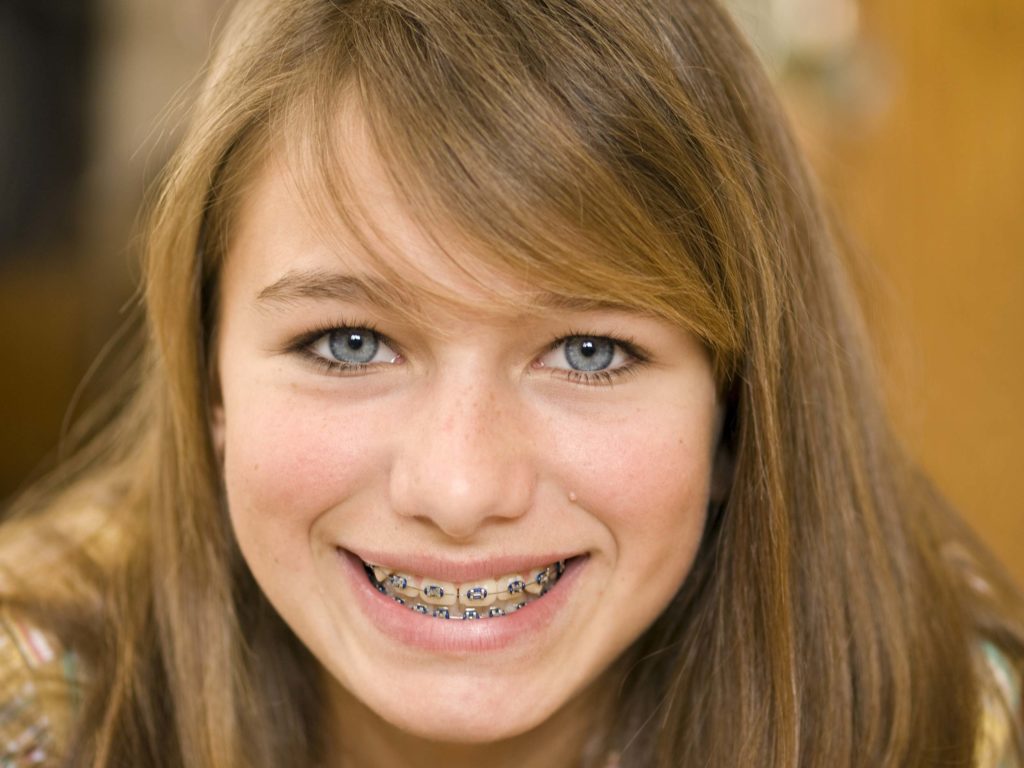An Unbiased View of All Star Family Orthodontics
An Unbiased View of All Star Family Orthodontics
Blog Article
An Unbiased View of All Star Family Orthodontics
Table of ContentsThe 10-Minute Rule for All Star Family OrthodonticsGetting The All Star Family Orthodontics To WorkUnknown Facts About All Star Family OrthodonticsAll Star Family Orthodontics Things To Know Before You Get ThisThe Buzz on All Star Family Orthodontics

In enhancement, we offer flexible therapy schedules, adaptable payment choices and an enjoyable, delightful experience.
An orthodontist is a dental practitioner educated to detect, prevent, and treat teeth and jaw irregularities. Orthodontists function with individuals of all ages, from kids to adults.
Malocclusion, or misaligned teeth, can result in oral problems, consisting of dental caries, periodontal condition, and hard or excruciating eating. However not every person is birthed with straight teeth. If you have a poor bite or large areas between your teeth, you may wish to consult a dental professional specializing in orthodontic treatment.
All Star Family Orthodontics - Questions
(Photo Credit Report: DigitalVision/Getty Images) Orthodontists utilize repaired and removable oral tools, like dental braces, retainers, and bands, to transform the setting of teeth in your mouth. Orthodontic therapy is for dental problems, consisting of: Jagged teethBite issues, like an overbite or an underbiteCrowded teeth or teeth that are too much apartJaw misalignmentThe objective of orthodontic treatment is to improve your bite.
While you might think of orthodontists as generally for children or teenagers who require dental braces, they can correct dental issues at any type of age. Orthodontists go to college, oral college, and orthodontic school.
All orthodontists are dental professionals, yet not all dentists are orthodontists. Orthodontic residency programs offer extensive, concentrated instruction for dental specialists. They concentrate on 2 locations: Just how to appropriately and safely move teeth Just how to correctly assist growth in the teeth, jaw, and faceOnce an orthodontist has completed training, they have the choice to end up being board licensed - https://gravatar.com/fortunately9e05748b86.
All Star Family Orthodontics - Truths
Imbalance, or malocclusion, is the most common factor people see an orthodontist. It is genetic and is the outcome of size differences between the top and lower jaw or in between the jaw and teeth. Malocclusion results in tooth overcrowding, an irregular jaw, or irregular bite patterns. Malocclusion is typically treated with: Your orthodontist affixes steel, ceramic, or plastic square bonds to your teeth.
If you have only minor malocclusion, you may have the ability to use clear braces, called aligners, rather than typical dental braces. Some people require a headwear to help move teeth right into line with pressure from outside the mouth. After dental braces or aligners, you'll require to put on a retainer. A retainer is a customized gadget that maintains your teeth in area.

You might require to see an orthodontist if you have: Crowding or otherwise adequate room for every one of your teethOverbite, when your upper teeth come by your bottom teethUnderbite, when your bottom teeth are as well much forwardSpacing or issues with gapsCrossbite, which is when your top teeth fit behind your base teeth when your mouth is closedOpen bite or a vertical space in between your front base and top teethMisplaced midline, when the center of your base and top teeth do not align Dealing with a dental malocclusion can: Make attacking, chewing, and talking easierImprove the balance of our face and your total appearanceEase discomfort from temporomandibular joint problemsSeparate your teeth and make them less complicated to clean, aiding prevent dental caries or tooth cavities It's commonly a dental expert who initially notices misaligned teeth throughout a routine exam.
Facts About All Star Family Orthodontics Uncovered
During your very first orthodontic consultation, you'll likely have: A dental examPhotos taken of your face and smileDental X-raysPanoramic (360 level) X-rays of your face and headImpressions to develop molds of your teethThese tests will help your orthodontist know exactly how to wage your treatment. An orthodontist is a dental professional who's had training to treat your teeth and jaw.
Orthodontists are dental professionals but not all dental practitioners are orthodontists. Orthodontists are focused on your bite, or the way your teeth fit together, and the straightness of your teeth.

This initial examination includes a visual exam of your teeth and bite, X-rays, and potentially even 3D scans. By diligently reviewing these elements, the orthodontist can determine any imbalances, crowding, spacing concerns, or jaw inconsistencies. you can try these out Once a clear photo is developed, the orthodontist will talk about customized therapy alternatives. This discussion will certainly cover the kind of dental braces or aligners advised (standard metal braces, clear aligners like Invisalign, and so on), the approximated treatment duration, and any potential obstacles or side effects.
All about All Star Family Orthodontics
While dental braces are the most generally recognized orthodontic therapy, orthodontists have a diverse toolkit at their disposal. The specific method chosen depends upon the intensity of the case, the person's age, and specific preferences. These reliable braces make use of a system of brackets bonded to the teeth and connected by wires.
Clear aligners, like Invisalign, are a popular option for patients seeking a more discreet treatment option. These removable trays are custom-made to considerably change the teeth's placement. Headgear might be made use of combined with braces or aligners to use added targeted pressures, particularly for correcting jaw disparities. In situations of narrow jaws, palatal expanders can be made use of to produce space for appropriate tooth positioning.
Report this page